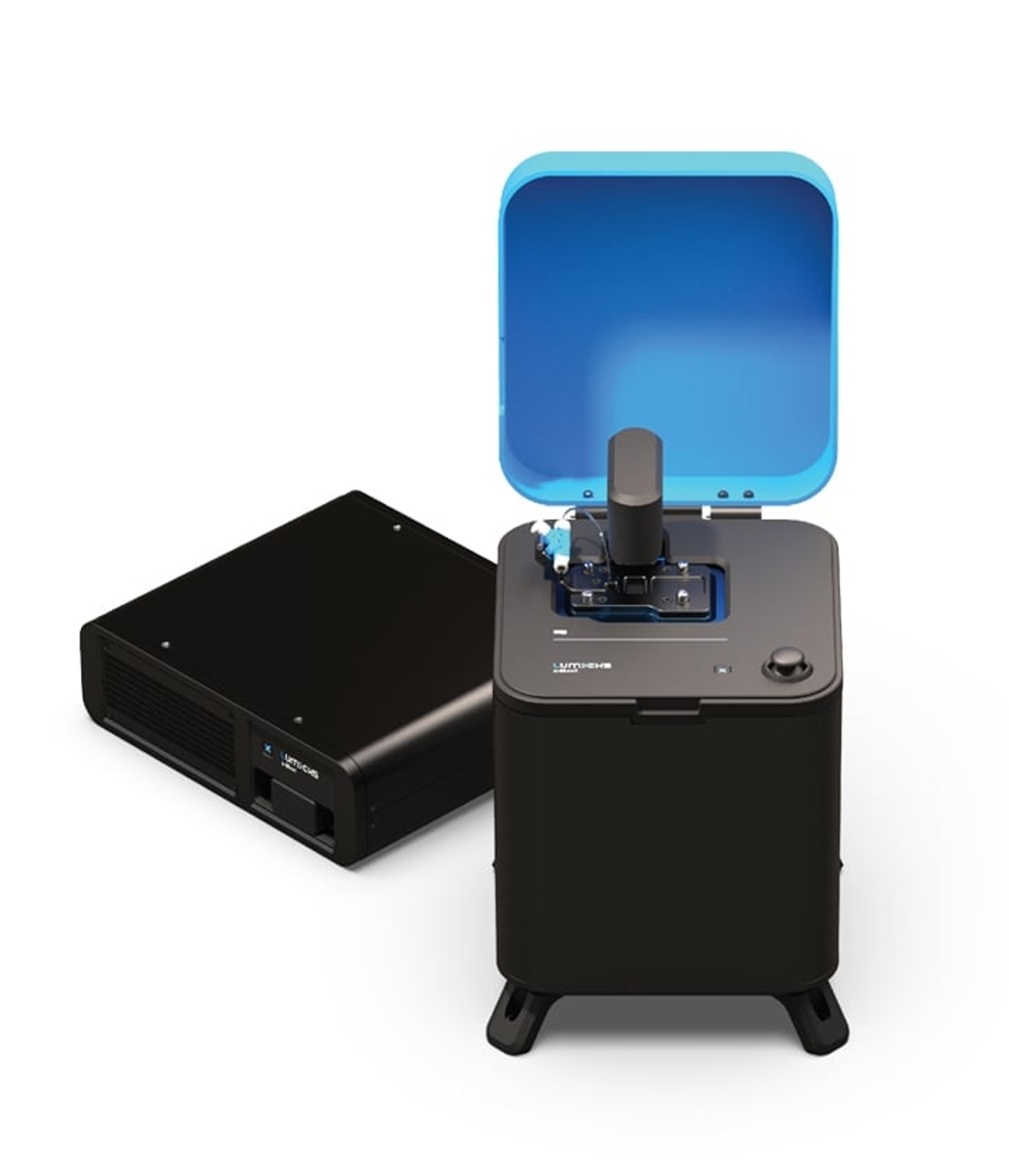Increased cellular avidity upon combining multi-targeting and co-stimulation leads to enhanced CAR-T cell sensitivity and persistence
Watch this on-demand webinar to learn about the cell avidity technology advancing CAR-T cell therapy research
12 Sept 2021
Clinical studies of CAR-T cell therapy have established that mechanisms of treatment failure include the downregulation of target antigen expression and the limited persistence of effective CAR-T cells.
In this on-demand webinar, Dr. Maria Themeli, Group Leader at the Department of Hematology Amsterdam UMC, demonstrates how co-targeting mediated by a CAR and a costimulatory chimeric receptor (CCR) can enhance anti-tumor CAR-T cell performance by:
- increasing synaptic cell avidity and killing capacity
- conferring increased persistence through the incorporation of complementary co-stimulation combining 4-1BB and CD28
Themeli’s findings show that concomitant engagement of CD38 by a high-affinity CCR enhanced the anti-tumor responses of B-cell maturation antigen (BCMA) and CD19 CAR-T cells by increasing cytotoxicity, cytokine secretion, expansion, and persistence. Most importantly, the improved properties of CAR+CCR T cells enabled the lysis and in vivo eradication of antigen-low tumor clones resistant to conventional CAR-T cells.
Multiplexing targeting and co-stimulation through the CAR+CCR combination is a powerful strategy to boost the immunotherapeutic potential of engineered T cells. In this webinar, Themeli and Dr. Rogier Reijmers, principal scientist at LUMICKS, introduce a new technology — the z-Movi® Cell Avidity Analyzer — for rapidly screening and selecting the right candidates using this novel approach. Cell avidity measurements allow us to observe increased cellular avidity when comparing the CAR+CCR setting to a single CAR targeting BCMA. Most notably, the avidity data is able to predict the observed in vivo findings. The emergence of this new opportunity to pre-screen lead CAR products could, therefore, accelerate the bench-to-bed trajectory significantly.
Read on for highlights from the live Q&A session or register to watch the webinar at a time that suits you.
Watch on demandQ: Can the z-Movi be used with chip-bound tetramers instead of target cells for TCI analysis? I understand the measurements would not be functional for cell avidity, but I wonder if this type of assay would be feasible with this device?
RR: We have experience with immobilizing both proteins, but with beads to a glass surface as well. Beads can also be used to go with tetramers. In principle, although we have not tried this with our technology, it should be feasible to optimize it.When binding T cells to beads labeled with tetramers, we can measure the binding strength of tetramers on beads.
Q: Is it possible to retrieve cells from the z-Movi chip for downstream analysis?
RR: This is a question we often get, especially from people who look at transgenic TCR or discovery phase for TCR T cells. For now, our instrument is not made for it. Although it is possible to retrieve cells manually, it is not ideal. It will give you a batch of cells instead of single cells, but because we get this question very often, we are currently also working on the technology to use this for single-cell sorting of TCR T cells. It is not very simple and straightforward, but it is something we hope to get out next year.
Q: Can you culture primary tumor samples in the z-Movi chip?
RR: We do not have a lot of experience with that, but in principle, if you can culture primary tumor cells in a flask or a glass surface, it should be possible to see z chips with primary cells. The disadvantage is that you need quite a lot of primary cells or target monolayer cells It is not currently the ideal setting, but you should be able to if you get enough primary tumor samples to see the cells in the chip. However, this does need optimization.
Q: How low can the antigen density be? For example, five to 10 antigen molecules per tumor cell?
MT: We have data showing that we can also have in vivo persistent responses in 200 molecules per cell and we can see delays of tumor cell effectivity in antigen density as low as 20 molecules per cell.
RR: We have not actually tested how low we can go, but we know we can go quite low. Since Maria has the material, it might be interesting to collaborate to see what we can also find in regards to specific binding to these very low expressing cells.
Q: Can we use the z-Movi for vaccine quality control evaluation and vaccination time determination?
RR: That is something we are thinking about. As I understand it, if you do vaccination in patients and you isolate a specific sample at a specific time point at the peak of the immune response, you might be to detect the percentage of T cells to about 5%. We did do titration of cells to see how low we can go to detect specific cells among a pool of negative controls. Identification is not perfect right now, but it is something that the market will move towards. Currently, we are fine-tuning our technology to be able to also work with samples that have been vaccinated.

